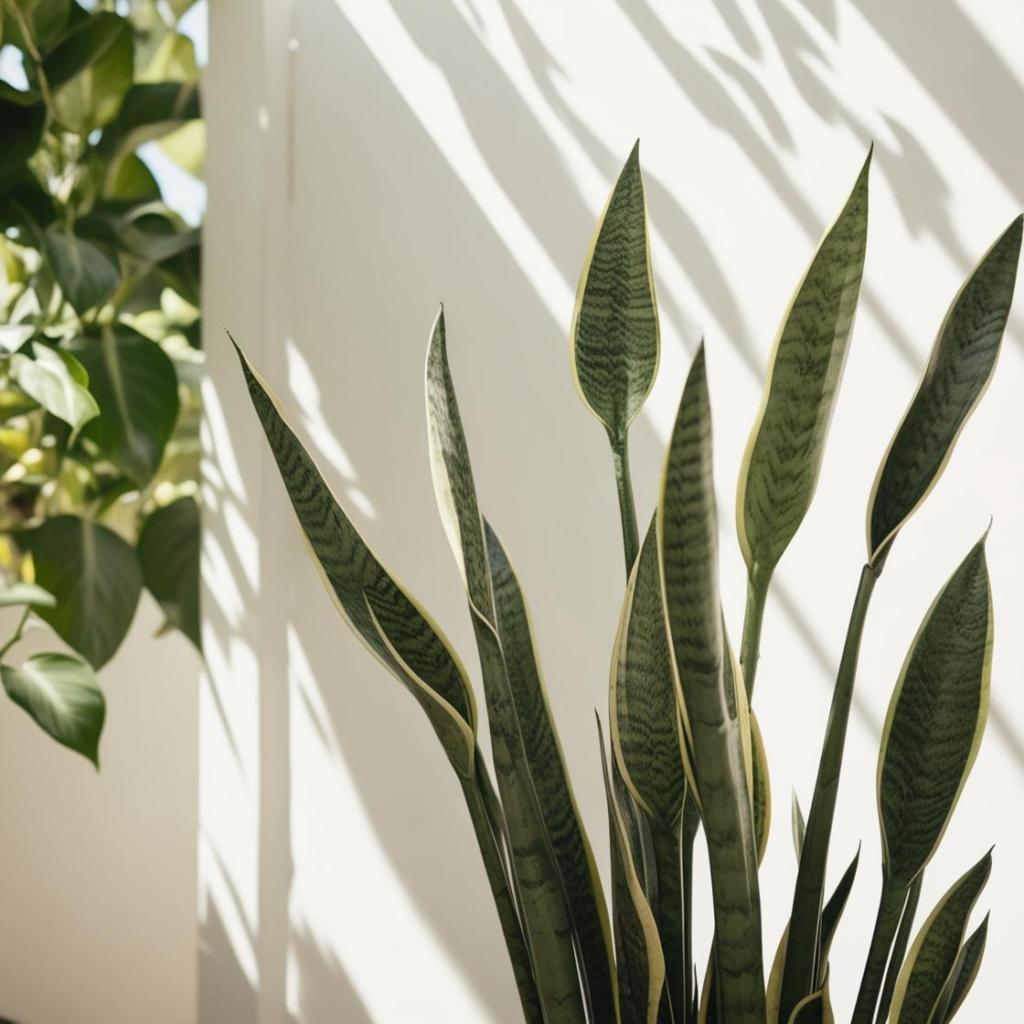Bringing the beauty of snake plants outdoors can transform your garden or patio into a lush oasis. These resilient plants, with their striking foliage, are perfect for enhancing outdoor spaces. However, to truly thrive, understanding their light requirements is crucial. Imagine the satisfaction of nurturing your snake plants to their fullest potential, basking in the sunlight, while knowing you’re creating a serene environment for yourself and your loved ones. This article will guide you through the best light conditions for outdoor snake plants, ensuring they flourish beautifully.
Understanding Snake Plant Light Needs

Why Light Matters
Snake plants, scientifically known as Sansevieria, are hardy members of the succulent family, renowned for their ability to adapt to various conditions. However, even the most resilient plants have specific needs when it comes to light. Proper lighting is vital for photosynthesis, which is how your plants create food. Without the right light conditions, your snake plants can become weak and unhealthy.
The Flexibility of Snake Plants
What’s fascinating about snake plants is their adaptability. While they thrive in bright, indirect light, they can also survive in lower light conditions. This characteristic makes them an excellent choice for outdoor spaces where direct sunlight may be limited due to landscaping features or other structures.
Ideal Light Conditions for Outdoor Snake Plants

Finding the Perfect Spot: Sunlight vs. Shade
When placing your snake plants outdoors, you want to strike a balance between too much and too little sunlight. Here are the ideal conditions to aim for:
- Bright Indirect Light: This is the sweet spot for snake plants. They should receive 4 to 6 hours of bright, indirect sunlight. Locations near a window or under a pergola where filtered light comes through work wonders.
- Partial Shade: Snake plants can thrive in partial shade, especially during the hotter months. A spot that gets morning sun and afternoon shade is ideal, protecting the leaves from scorching.
- Direct Sunlight: While snake plants can handle some direct sunlight, too much can lead to leaf burn. If you notice the leaves turning yellow or brown, it may be time to move them to a shadier spot.
Factors Affecting Light Availability
When determining the best location for your snake plants, consider the following:
- Landscape Features: Trees, walls, and buildings can cast shadows, reducing the amount of sunlight your plants receive. Observe how sunlight moves across your outdoor space throughout the day.
- Seasonal Changes: The angle of the sun changes with the seasons. Make sure to adjust your plants’ positions accordingly as winter approaches and days shorten.
Seasonal Considerations for Light Exposure

Adapting to the Seasons: How Light Changes
Your snake plant light needs will shift throughout the year. Here’s how to keep them healthy during seasonal transitions:
- Spring and Summer: As the days grow longer and the sun’s rays become more intense, ensure your snake plants receive ample indirect light. You may need to rotate your plants occasionally to ensure all sides receive sunlight.
- Fall and Winter: During the colder months, the sunlight may be less intense. Move your snake plants closer to windows or areas that capture more light. They may also require less water during this time since growth slows down.
Protecting from Extreme Weather
Outdoor elements can affect your snake plants’ health. During periods of excessive heat or cold, consider providing some protection:
- Heat: If temperatures soar, consider using shade cloth or moving your plants to a cooler location.
- Cold: While snake plants are hardy, they prefer temperatures above 50°F (10°C). If a cold snap is predicted, bring them indoors or cover them.
Recognizing Signs of Improper Light Conditions

Is Your Snake Plant Happy? Signs of Light Stress
Knowing how to read your snake plants can help you quickly identify any light-related issues:
- Too Much Light:
- Burned Leaves: If you see brown, crispy edges on the leaves, it’s a sign of sunburn.
- Faded Colors: Leaves may lose their vibrant green color when exposed to excessive light.
- Too Little Light:
- Stretched Growth: If your snake plants start leaning or becoming leggy, they are likely searching for more light.
- Slow Growth: A healthy snake plant grows steadily. If growth has stalled, check its light exposure.
Adjusting Light Conditions
If you notice any of the signs above, don’t panic! Adjusting your snake plant light exposure can restore their health. Move them to a more suitable location or utilize reflective surfaces nearby to enhance light distribution.
Tips for Achieving Optimal Light Conditions
Creating the Ideal Environment for Your Snake Plants
Here are some actionable tips to ensure your snake plants receive the best light possible:
- Choose the Right Spot: Look for locations that provide morning sunlight and afternoon shade. This setup allows your plants to enjoy gentle light without harsh conditions.
- Consider Planters: Using lighter-colored pots can reflect light back onto your snake plants, helping them receive more brightness.
- Utilize Companion Plants: Consider surrounding your snake plants with other low-light tolerant plants. This can create a lush environment while also providing some natural shading.
Monitoring and Adjusting
Regularly check your snake plants for changes in appearance. If you notice signs of light stress, don’t hesitate to experiment with different locations until you find the perfect balance. Remember, your plants will thank you for it!
Conclusion
In conclusion, understanding the light requirements of your outdoor snake plants is essential for their health and growth. By providing them with the right conditions—bright indirect light, proper seasonal adjustments, and careful observation—you can enjoy the beauty and resilience of these stunning plants in your outdoor spaces.
Don’t be afraid to experiment with different placements and arrangements until you find what works best for your unique setting. Share your experiences with snake plants in the comments below and join our community of plant enthusiasts!



